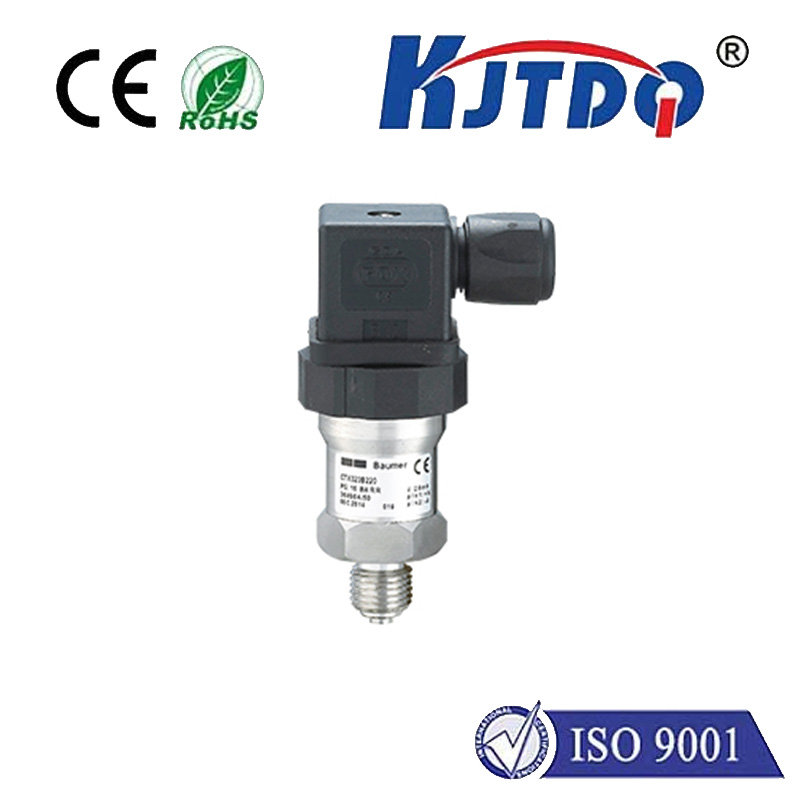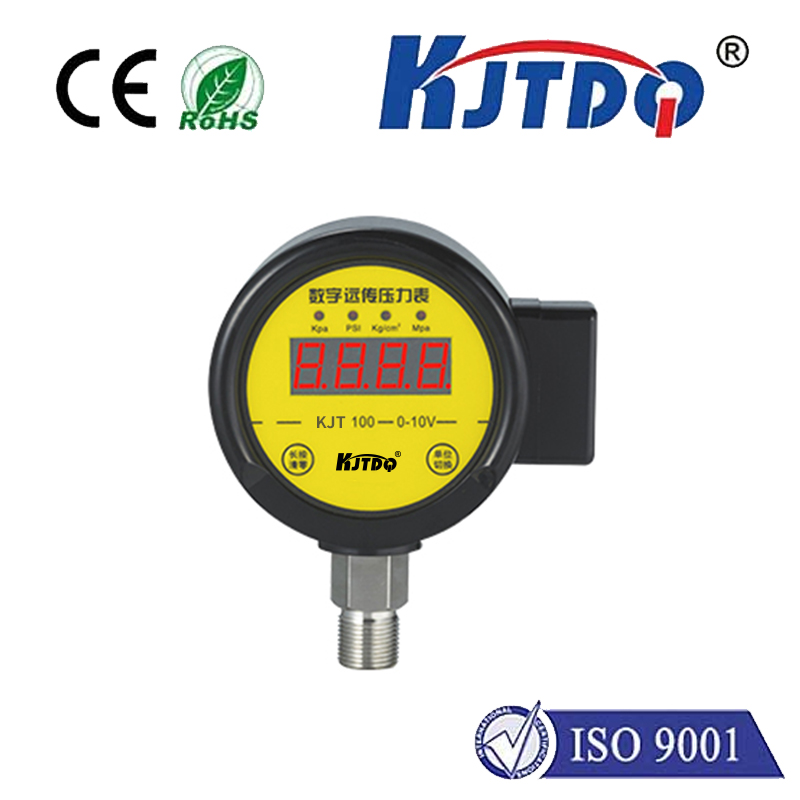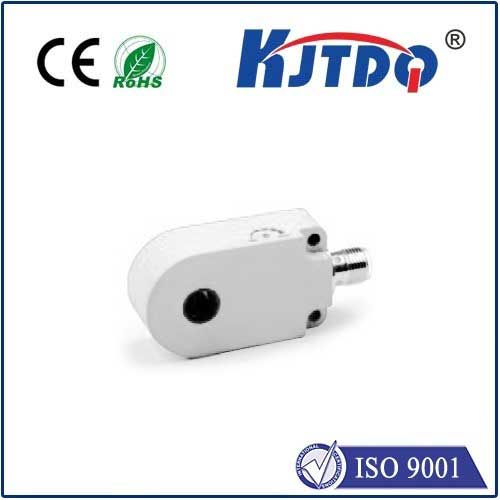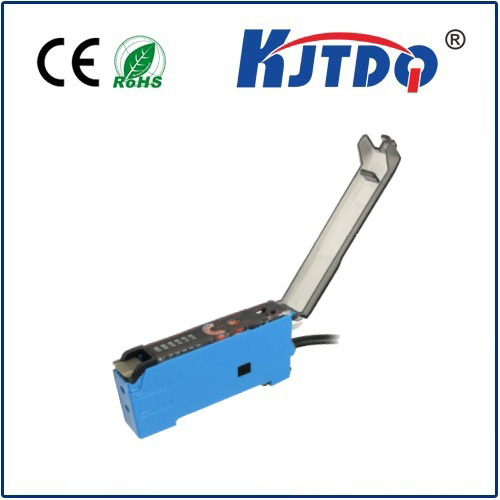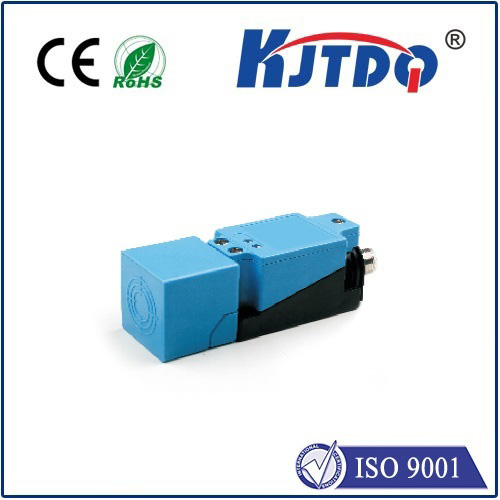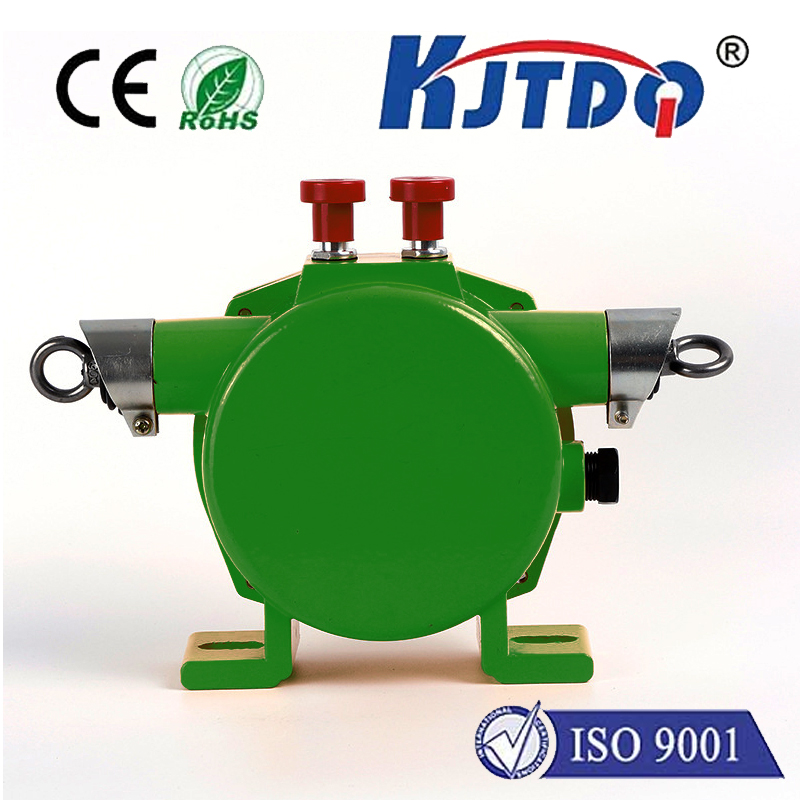inductive proximity ip67 sensor
- time:2025-09-09 00:23:32
- Click:0
Inductive Proximity IP67 Sensors: Uncompromising Detection in Demanding Environments
Imagine a critical piece of automated machinery grinding to a halt. Production halts, costs escalate. The culprit? A sensitive sensor overwhelmed by dust, moisture, or unexpected washdowns. In industrial settings, environmental resilience isn’t optional – it’s mission-critical. This is precisely where inductive proximity sensors boasting an IP67 rating step in as unsung heroes. More than just a detector, this fusion of reliable sensing technology and robust environmental protection offers a solution engineered for the toughest challenges.
Demystifying the Technology: Core Principles
At its heart, an inductive proximity sensor operates on the fundamental principle of electromagnetic induction. It generates a high-frequency oscillating electromagnetic field from its active face. When a metallic target (typically ferrous like steel or iron, or non-ferrous like aluminum, brass, or copper – depending on the sensor’s design and specification) enters this field, it induces eddy currents within the target material. These eddy currents absorb energy from the sensor’s oscillator, leading to a measurable change in the oscillation amplitude or frequency. The sensor’s integrated electronics detect this change and trigger a solid-state output switch (PNP, NPN, NO, NC configurations), providing a signal without any physical contact.
This non-contact operation is a defining advantage. It eliminates mechanical wear, reduces maintenance needs, and ensures long service life. Inductive sensors excel at high-speed detection and are largely immune to surface contaminants like oil, grease, or dirt (as long as they aren’t metallic themselves). Their primary limitation? They detect metallic objects only.
The Crucial Shield: Decoding the IP67 Rating

The “IP67” suffix is not just a marketing term; it’s a globally recognized standard defined by the International Electrotechnical Commission (IEC 60529). It quantifies the sensor’s defense against intrusion by solids and liquids.
- First Digit (6 - Solids): The “6” signifies the highest level of protection against dust ingress. These sensors are completely dust-tight. Fine particulate matter, common in foundries, woodworking, food processing, and mining, cannot penetrate the sealed housing. This prevents internal component damage and malfunction due to accumulated debris.
- Second Digit (7 - Liquids): The “7” indicates protection against the effects of temporary immersion in water. Specifically, the sensor can withstand immersion in water up to 1 meter (approximately 3.3 feet) deep for up to 30 minutes without harmful water ingress. This makes them highly resilient to splashing, spray-downs, high humidity, and accidental submersion during cleaning or flooding situations.
Choosing an IP67 sensor means selecting a device built to endure environments where lower-rated IP sensors (like IP65 or IP66) might struggle or fail. It’s the benchmark for reliability where exposure to aggressive cleaning processes (CIP - Clean-in-Place), outdoor elements, or significant dust loads is a daily reality.
Where IP67 Inductive Sensors Shine: Key Applications
The combination of reliable metal detection and robust environmental sealing makes these sensors indispensable across numerous challenging sectors:
- Food & Beverage Processing: Subjected to frequent high-pressure washdowns with caustic cleaning agents, steam, and moisture. IP67 sensors reliably detect metal containers, machinery components, or position verification while resisting corrosion and water damage.
- Chemical & Pharmaceutical Manufacturing: Handling powders, liquids, and requiring stringent hygiene. Dust-tightness (IP6X) prevents explosive dust ingress in hazardous areas (subject to specific certifications like ATEX/IECEx) and ensures operation amidst fine chemical particulates.
- Automotive Production: Exposed to coolant mists, metal shavings, oil, and grime on machining lines, paint shops, and assembly areas. IP67 protection ensures continuous operation despite constant exposure.
- Heavy Machinery & Construction Equipment: Operating outdoors or in extremely dusty, muddy, and wet conditions. Sensors detect bucket position, track alignment, or component presence reliably.
- Wastewater Treatment & Marine Applications: Facing high humidity, splashing, and potential submersion. Immersion protection (IPX7) is crucial for pumps, valves, and level detection.
- Material Handling & Logistics: Enduring dusty warehouses, potential impacts, and weather exposure in outdoor sorting facilities or ports. Detecting pallets, metal rollers, or conveyor positions.
Beyond the Rating: Key Considerations for Selection
While IP67 is a vital specification, other factors influence the ideal sensor choice:
- Sensing Range: Different sensor models offer varying nominal sensing ranges. Ensure the chosen sensor’s range suits the application distance.
- Target Material: Standard sensors often sense ferrous metals best. Look for options specifically designed for reliable detection of non-ferrous metals like aluminum or stainless steel if needed.
- Housing Material: Stainless steel (V2A, V4A/316L) housings offer superior corrosion resistance crucial for harsh chemical or food-grade environments, compared to nickel-plated brass or PBT plastic.
- Output Type & Wiring: Select the correct electrical output (PNP/NPN, NO/NC) and connection type (cable, connector types like M8/M12) compatible with your control system.
- Operating Temperature: Ensure the sensor’s specified temperature range matches the environmental extremes of the application.
- Mounting Style: Flush or non-flush mounting impacts the sensing range and installation constraints. IP67 ratings are maintained with proper gasket seating during installation.
The Tangible Benefits of Choosing IP67 Inductive Sensors
Investing in inductive proximity sensors with an IP67 rating delivers measurable returns:
- Enhanced Reliability & Uptime: Significantly reduced downtime caused by sensor failure due to environmental factors like dust buildup or water damage.
- Reduced Maintenance Costs: The rugged construction and non-contact principle minimize wear and tear, lowering replacement parts and labor costs. Long service life becomes the norm.
- Improved Process Consistency: Reliable detection ensures smooth operations, accurate positioning, and consistent product quality.
- Versatility: Deployable in a vast array of demanding environments where standard sensors would falter.
- Safety: Reliable sensing in harsh conditions contributes to overall plant safety and process control integrity.
In conclusion, specifying an inductive proximity sensor with an IP67 rating isn’t merely ticking an environmental box; it’s a strategic decision for operational resilience. By seamlessly integrating the fundamental reliability of inductive proximity sensing with the robust environmental defense of IP67 sealing, these sensors provide the dependable, long-lasting performance required to keep industrial processes running smoothly, efficiently, and cost-effectively, regardless of the environmental challenges thrown their way. They are the workhorses ensuring detection integrity where it matters most – in the heart of demanding industrial landscapes.






